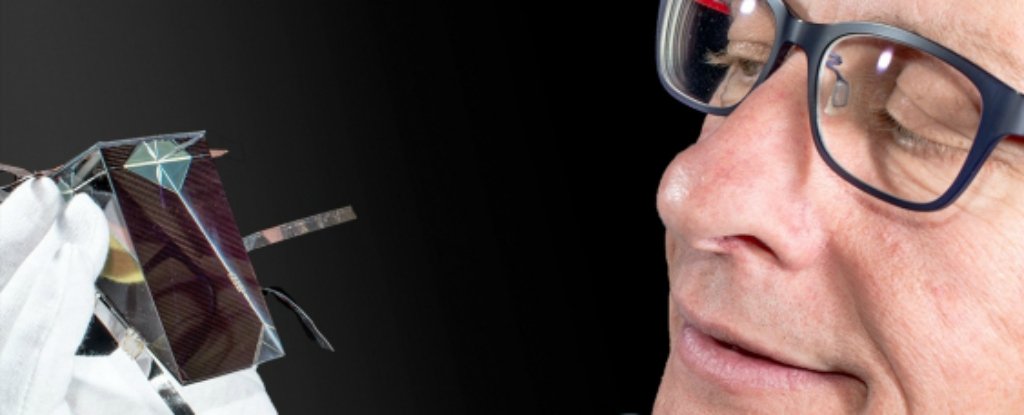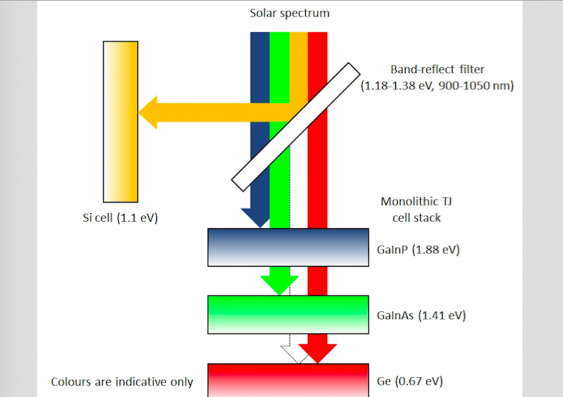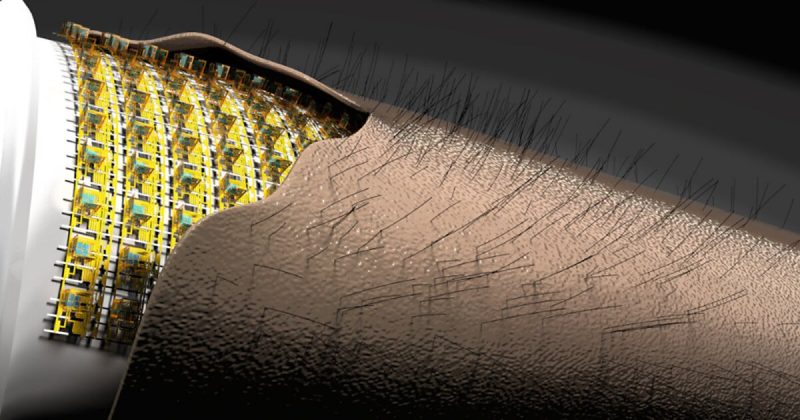Engineers at the University of New South Wales (UNSW) just set a new world record by developing a new solar cell that can harvest a whopping 34.5% sunlight-to-electricity conversion efficiency.
The solar cell efficiency achieved by the new solar cells is about 44% greater than the previous record of 24%, held by a US solar cell company.
The new photovoltaic cells are not only more efficient, but they also use un-concentrated sunlight and cover only 28 square centimeters surface area which is far less than the 800-square centimeter solar cell produced by the previous record holder.
The new solar cell works by splitting the sunlight into four bands.
Various parts of the cell with different layers absorb the different bands of sunlight. When the sunlight passes through each of these layers, the sunlight is extracted by each layer in a most efficient manner.
Due to their higher cost and maintenance, these solar cells are not suitable to be used on the rooftops of homes or offices. But these solar cells could be useful for large-scale solar plants.
UNSW engineers are working to bring down the cost to reduce the investment needed and offer a faster payback period.







